Embracing Authenticity: The Beauty and Significance of Xhosa Dresses
Embracing Authenticity: The Beauty and Significance of Xhosa Dresses
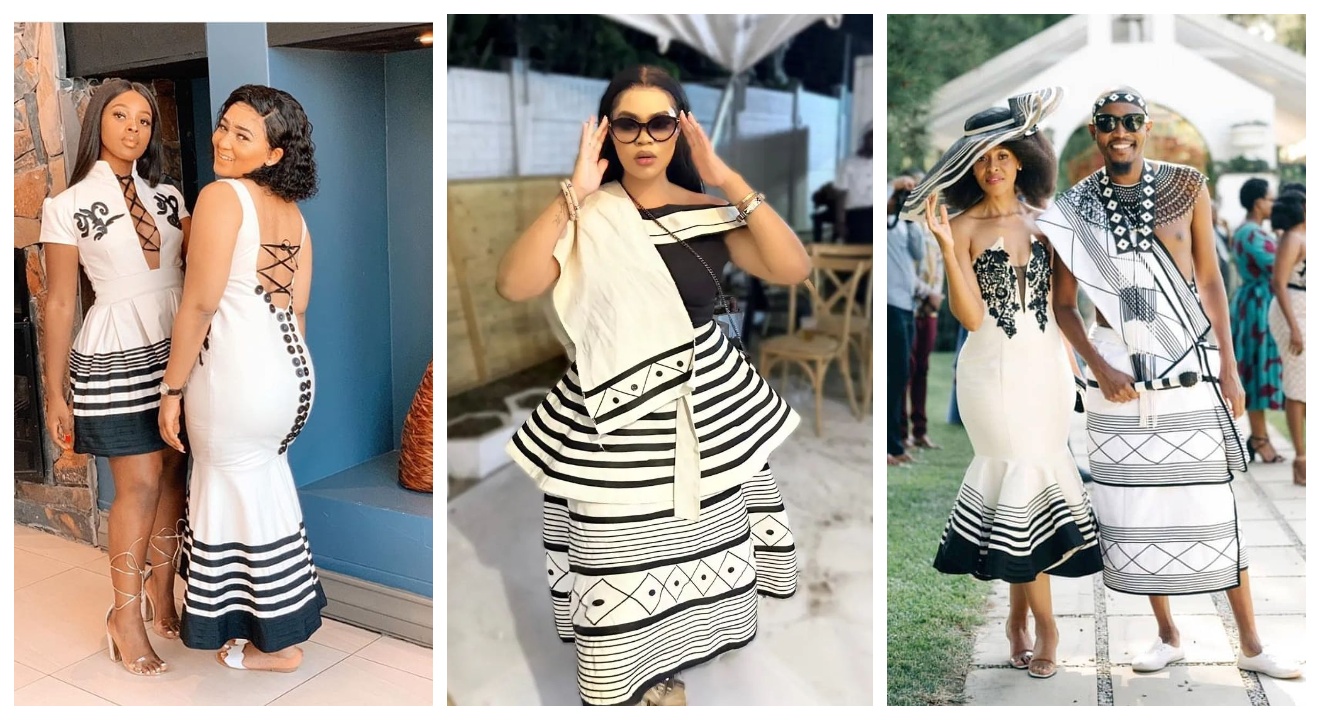
Introduction
Embracing Authenticity: The Beauty and Significance of Xhosa Dresses
What are Xhosa Dresses and their cultural significance
Xhosa dresses are traditional garments worn by the Xhosa people, who are an ethnic group in South Africa. These dresses hold great cultural significance and play a vital role in expressing the rich heritage and identity of the Xhosa community.
The Xhosa dresses are known for their vibrant colors, intricate beadwork, and unique designs. They are often made from fabrics such as cotton or wool, and the patterns and colors used in the dresses can represent various aspects of Xhosa culture, including clan affiliation, marital status, and social standing.
Wearing a Xhosa dress is not only a fashion statement but also a way to honor and celebrate the traditions and customs of the Xhosa people. It is a symbol of pride, identity, and unity within the community.
These dresses are commonly worn during special occasions such as weddings, initiation ceremonies, and cultural festivals. They are also increasingly being embraced by individuals who want to showcase their appreciation for African culture and promote diversity in fashion.
By embracing authenticity through wearing Xhosa dresses, individuals can contribute to preserving and promoting the cultural heritage of the Xhosa people. It is a beautiful way to celebrate diversity, honor traditions, and appreciate the beauty and significance of these unique garments.
In conclusion, Xhosa dresses hold great cultural significance for the Xhosa community in South Africa. They are not just garments but symbols of pride, identity, and unity. By embracing these dresses, individuals can celebrate diversity, honor traditions, and contribute to the preservation of cultural heritage.
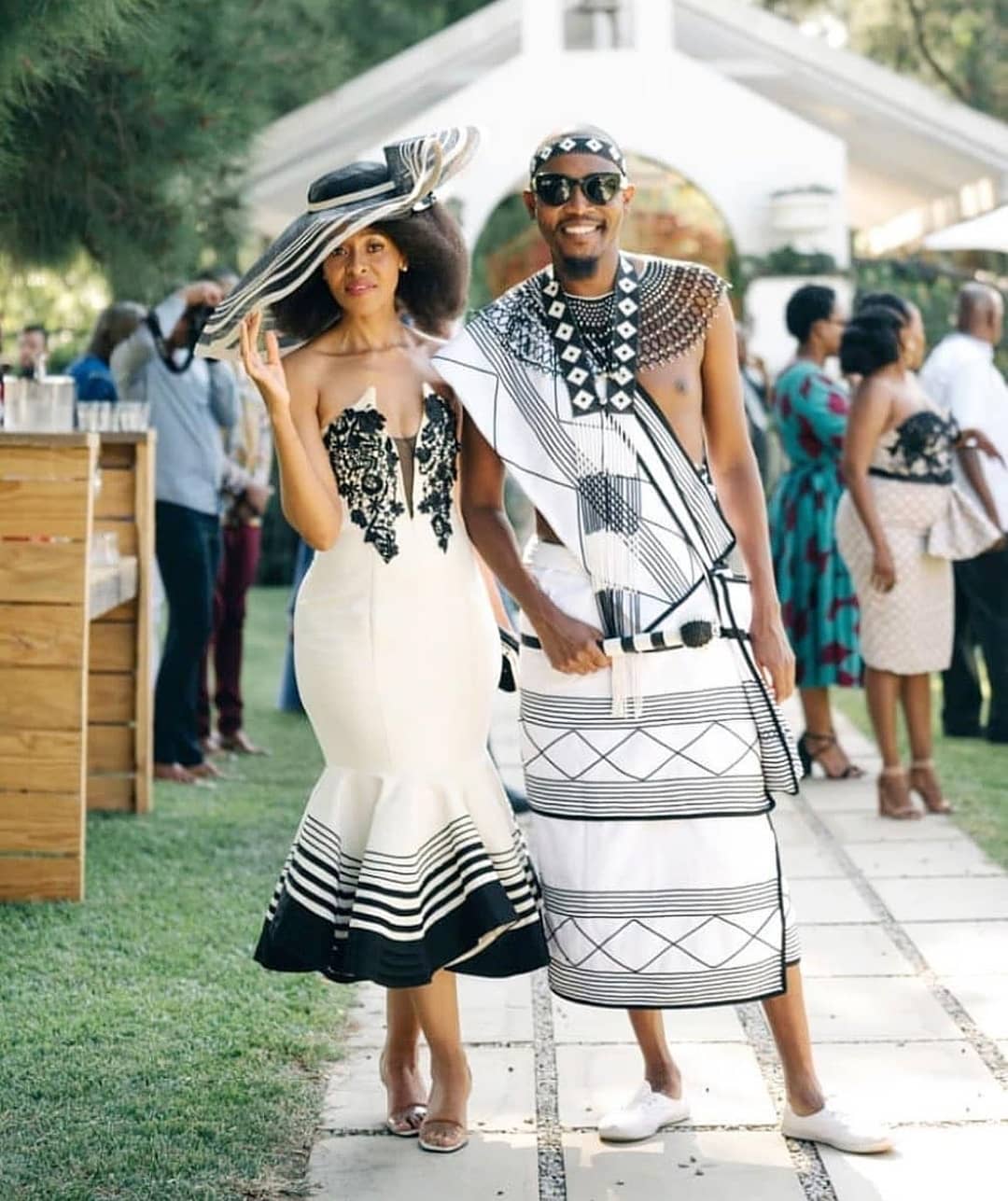
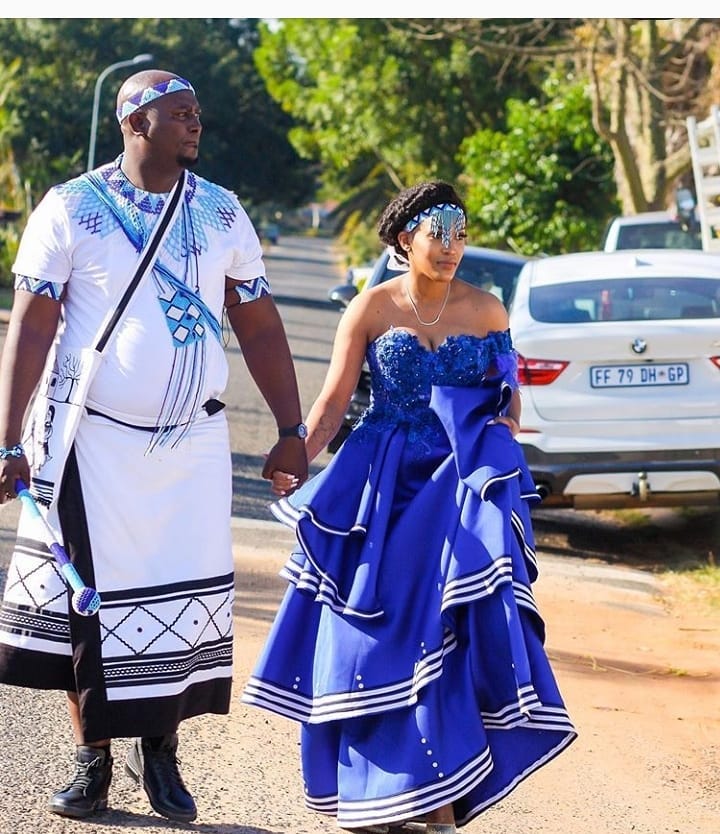

History of Xhosa Dresses
Origins and evolution of Xhosa Dresses
The Xhosa people of South Africa have a rich cultural heritage, and their traditional dresses play a significant role in preserving their identity and history. Xhosa dresses have a long history that dates back centuries and have evolved over time.
The origins of Xhosa dresses can be traced back to the traditional clothing worn by the ancestors of the Xhosa people. These dresses were made from animal skins and adorned with beads and other decorative elements. As time went on, the dresses became more elaborate and incorporated new materials like cotton and silk.
Today, Xhosa dresses are known for their vibrant colors, intricate beadwork, and unique designs. They are often worn during special occasions such as weddings, initiation ceremonies, and cultural festivals. The dresses are a symbol of pride and identity for the Xhosa people, representing their cultural heritage and traditions.
Embracing authenticity is important when it comes to Xhosa dresses. They are not just pieces of clothing; they carry deep cultural significance and tell a story. By wearing a Xhosa dress, individuals can connect with their roots and honor the traditions of the Xhosa people.
Xhosa dresses have gained recognition worldwide for their beauty and craftsmanship. They serve as a reminder of the rich cultural diversity that exists in South Africa and celebrate the unique heritage of the Xhosa people. Embracing authenticity means appreciating and respecting the beauty and significance of Xhosa dresses as more than just fashion statements, but as symbols of culture and tradition.
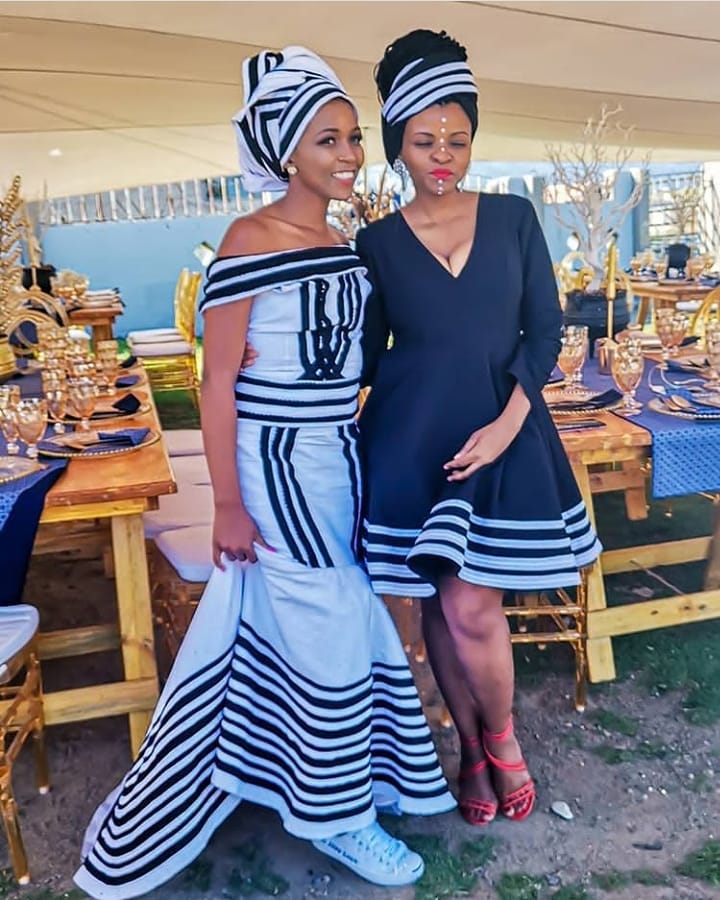
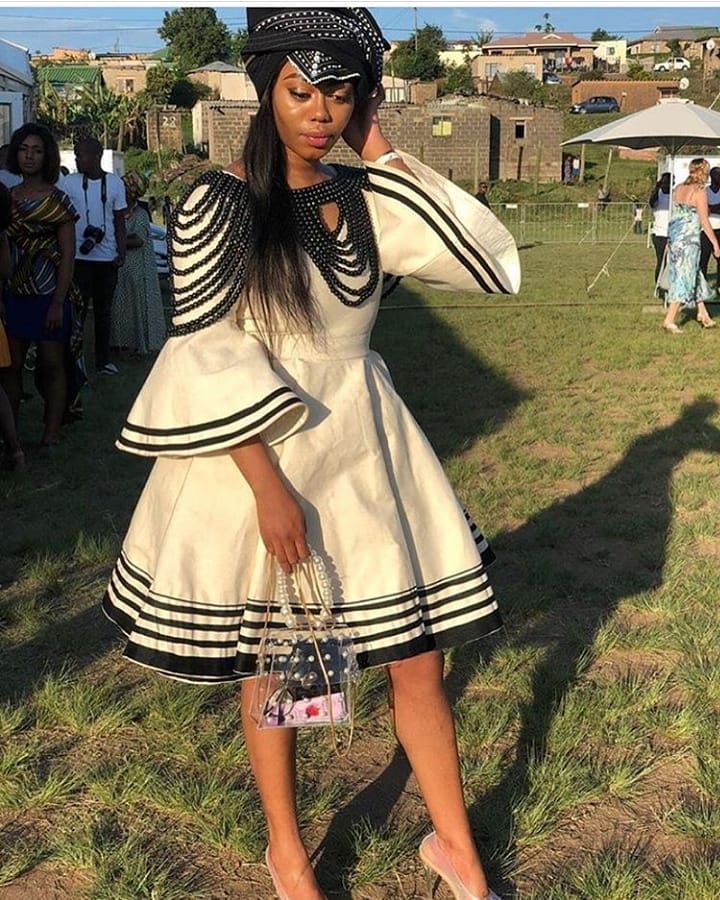
Traditional Xhosa Dress Styles
Different styles of Xhosa Dresses and their meanings
The Xhosa people of South Africa have a rich cultural heritage, and their traditional dress plays a significant role in preserving their identity. Xhosa dresses are known for their vibrant colors, intricate patterns, and unique designs.
One popular style of Xhosa dress is the “umakoti” or bride’s dress. This dress is worn by Xhosa women on their wedding day and is characterized by its bold colors and elaborate beadwork. It symbolizes the transition from girlhood to womanhood and is a celebration of love and unity.
Another style of Xhosa dress is the “ibheshu.” This dress is typically worn by married women and is made from a fabric called “shweshwe.” It features a long, flowing skirt and a matching top, often adorned with intricate embroidery. The ibheshu represents the strength and resilience of Xhosa women.
The “isidwaba” is another traditional Xhosa dress style that is commonly worn by women. It consists of a wraparound skirt made from colorful fabric and is often paired with a matching headscarf. The isidwaba is a symbol of femininity and grace.
Embracing authenticity and wearing traditional Xhosa dresses not only honors the Xhosa culture but also allows individuals to express their identity and heritage. These dresses are not just garments; they are a representation of history, tradition, and pride. So next time you attend a special event or celebration, consider embracing the beauty and significance of Xhosa dresses.
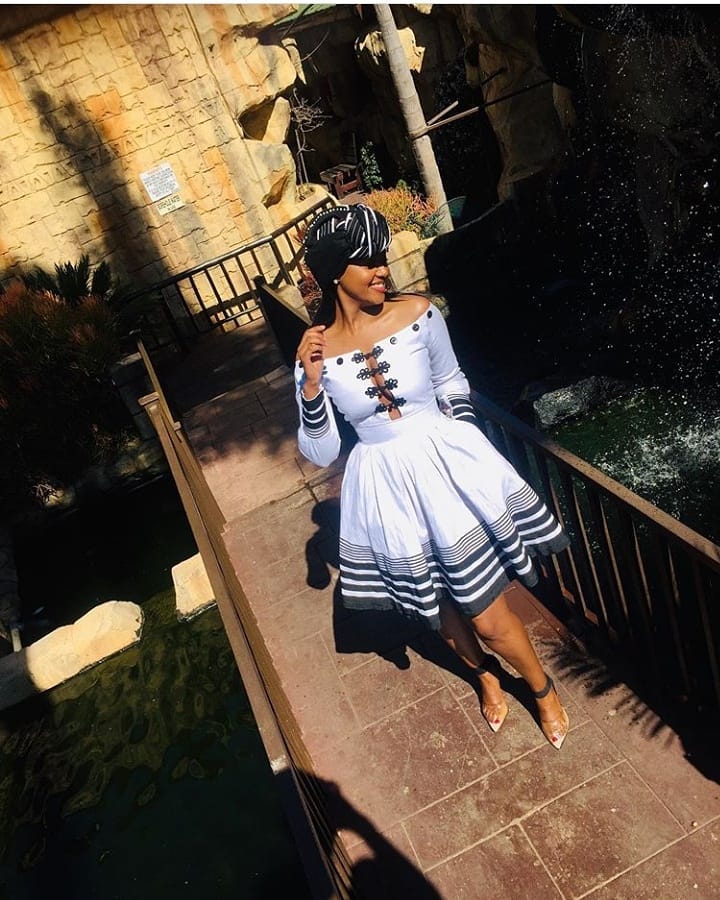
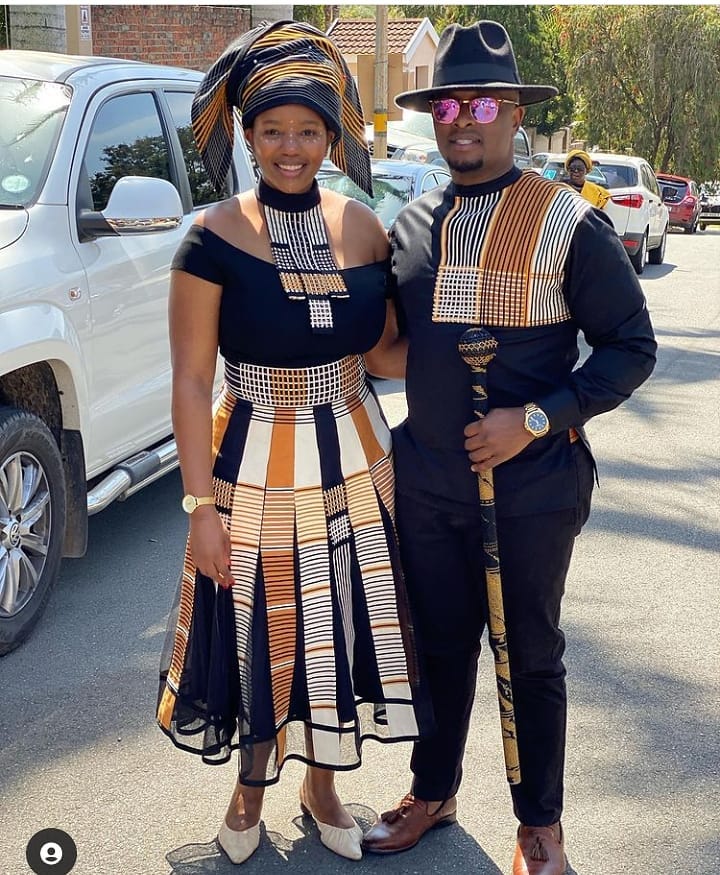
Xhosa Dress Fabrics and Patterns
When it comes to embracing authenticity and celebrating cultural heritage, Xhosa dresses are a perfect example. These vibrant and intricately designed garments hold great beauty and significance in the Xhosa culture.
Popular fabrics and patterns used in Xhosa Dresses
Xhosa dresses are known for their bold colors, unique patterns, and exquisite craftsmanship. Here are some popular fabrics and patterns used in Xhosa dresses:
- Shweshwe fabric: This cotton fabric with intricate geometric patterns is a staple in Xhosa dressmaking. It comes in various colors and is often used to create the iconic voluminous skirts and bodices.
- Ujamani fabric: Ujamani, also known as German print fabric, features vibrant floral motifs on a bright background. It is commonly used as an accent fabric or for creating headwraps and accessories.
- Xibelani skirts: These skirts are made from soft, flowing fabrics such as chiffon or organza. They are characterized by multiple layers of ruffles or pleats, creating a stunning effect when worn during traditional dances or celebrations.
- Isishweshwe fabric: Isishweshwe is a traditional indigo-dyed fabric that has become synonymous with Xhosa culture. It features intricate patterns inspired by nature and is often used for ceremonial dresses or special occasions.
- Ndebele-inspired beadwork: In addition to fabrics, Xhosa dresses may also incorporate intricate beadwork inspired by the Ndebele culture. These colorful beadwork designs add a touch of elegance and cultural significance to the overall attire.
Xhosa dresses not only showcase the creativity and craftsmanship of Xhosa artisans but also serve as a powerful symbol of cultural identity and pride. Embracing the beauty and significance of Xhosa dresses is a way to honor and appreciate the rich heritage of the Xhosa people.
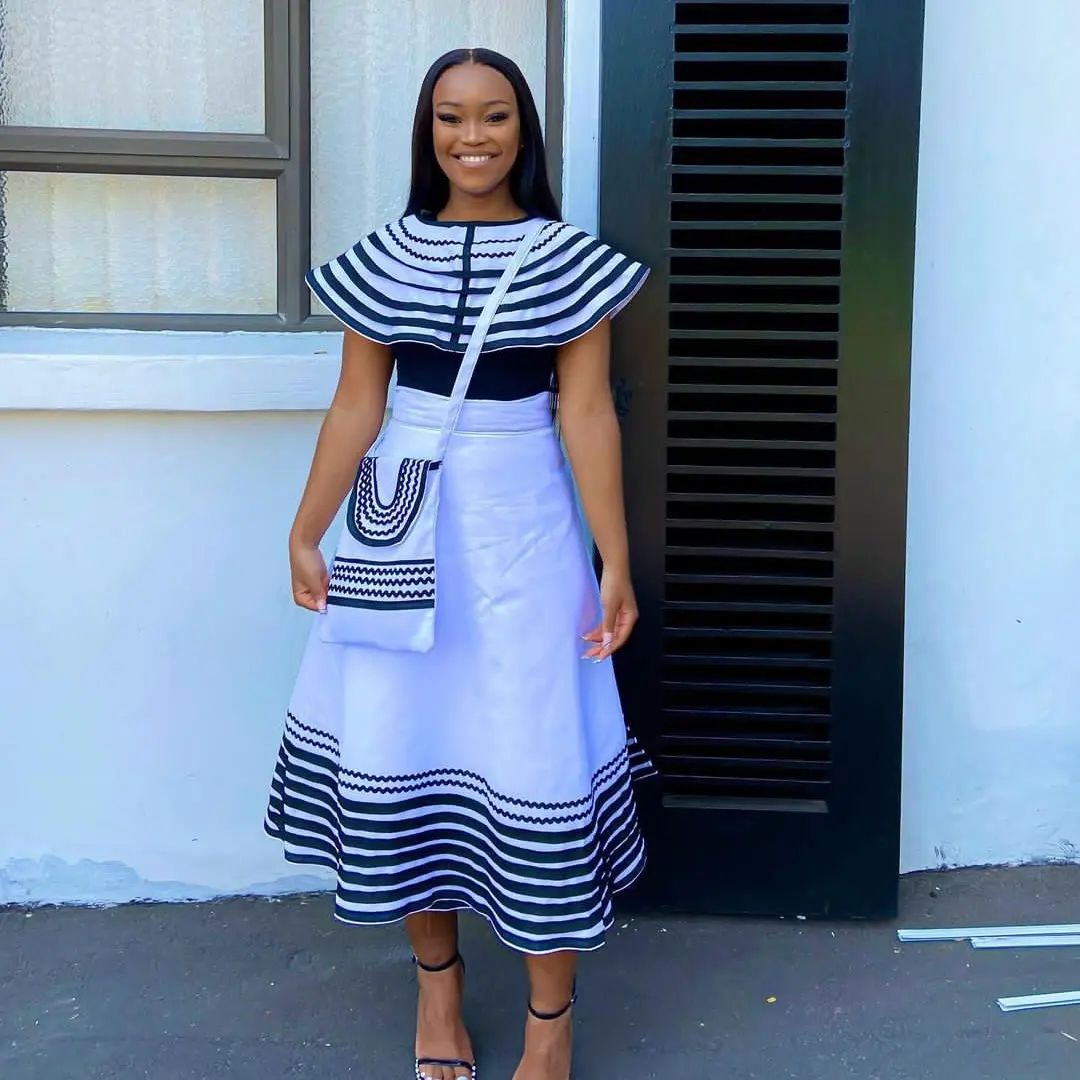
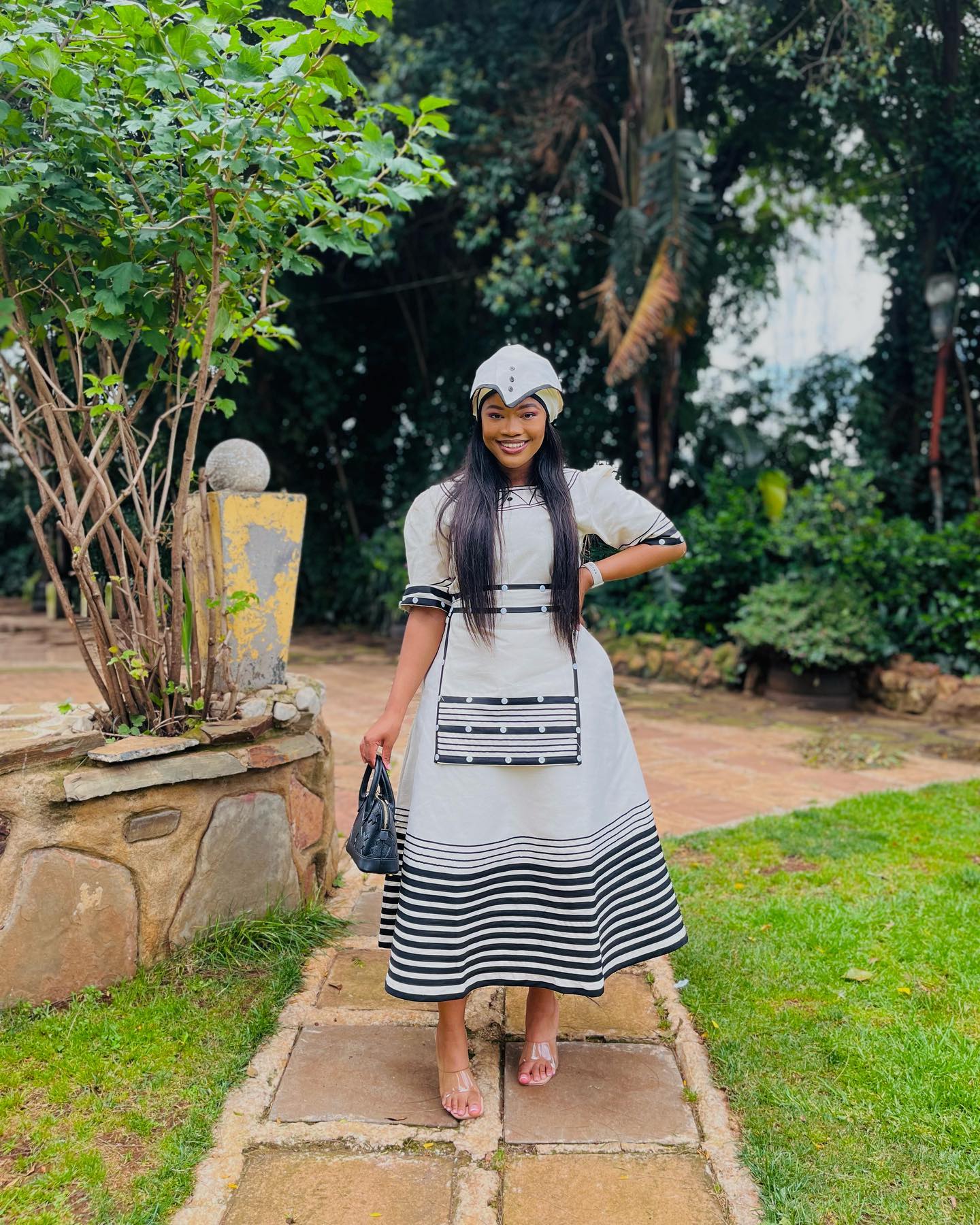
Xhosa Dress Accessories
When it comes to embracing authenticity and celebrating cultural heritage, Xhosa dresses stand out as a beautiful and significant representation of South African fashion. These dresses are known for their vibrant colors, intricate patterns, and unique designs. To complete the look, traditional accessories play a crucial role in complementing Xhosa dresses and adding an extra touch of elegance and charm.
Traditional accessories that complement Xhosa Dresses
- Ibhayi (Headscarf): The ibhayi is a traditional headscarf worn by Xhosa women. It is usually made from colorful fabric and is wrapped around the head, adding a regal touch to the overall attire.
- Umgaco (Shawl): The umgaco is a traditional shawl that is draped over the shoulders. It is often made from soft, flowing fabric and adorned with intricate beadwork or embroidery, enhancing the beauty of the dress.
- Izicolo (Necklaces): Izicolo are beaded necklaces that are worn as a symbol of cultural pride and identity. They come in various designs and colors, adding a pop of color and texture to the neckline of the dress.
- Izimbadada (Bracelets): Izimbadada are beaded bracelets that are worn on the wrists. They are often stacked together to create a bold and eye-catching accessory that complements the vibrant colors of the dress.
- Izintombi (Earrings): Izintombi are beaded earrings that come in various shapes and sizes. They add a touch of glamour to the overall look and highlight the beauty of the wearer’s face.
By embracing these traditional accessories, Xhosa dresses not only showcase the beauty of South African culture but also allow individuals to express their pride and appreciation for their heritage.
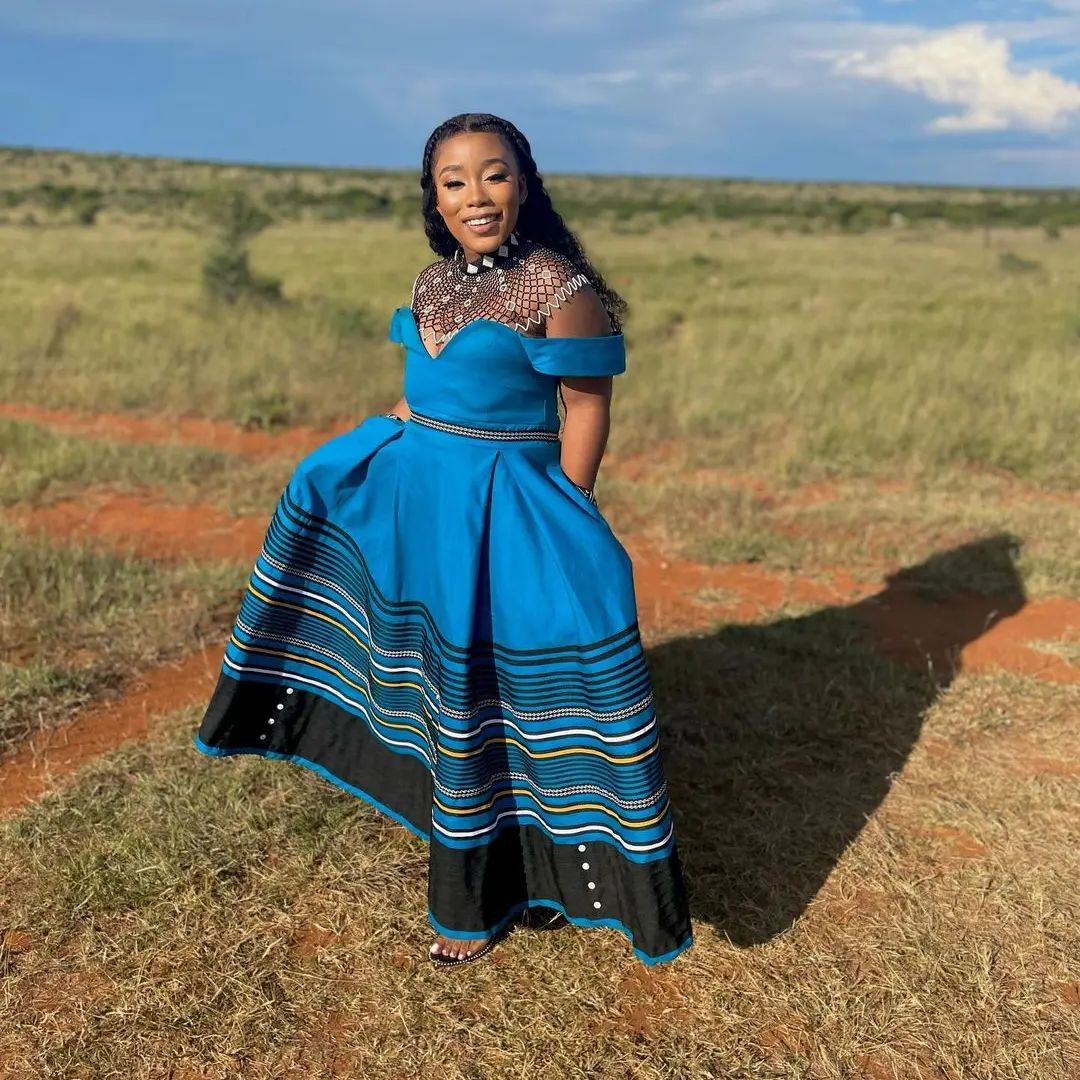
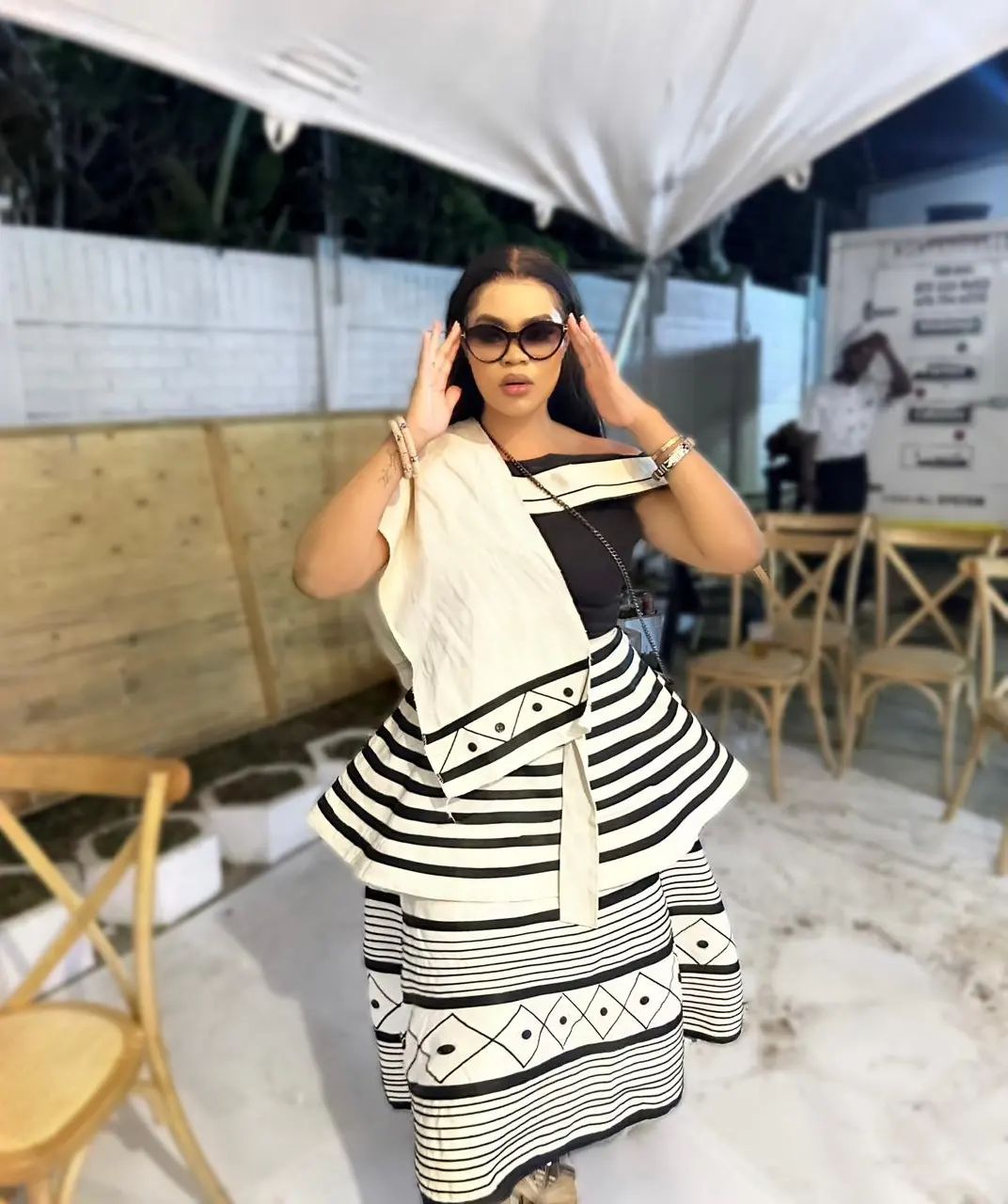
Modern Interpretations of Xhosa Dresses
Contemporary fashion designers incorporating Xhosa Dress elements
Xhosa dresses have a rich cultural significance in South Africa, and their beauty has captivated the fashion world. Today, modern interpretations of Xhosa dresses are gaining popularity, as contemporary fashion designers incorporate elements of this traditional attire into their designs.
These designers are embracing the authenticity of Xhosa dresses and infusing them with modern aesthetics. They are experimenting with different fabrics, colors, and silhouettes to create unique and eye-catching pieces that pay homage to the traditional dress while appealing to a wider audience.
By incorporating Xhosa Dress elements into their collections, these designers are not only celebrating the beauty of the attire but also promoting cultural diversity and inclusivity in the fashion industry. They are showcasing the richness of Xhosa culture and challenging conventional notions of what is considered fashionable.
The modern interpretations of Xhosa dresses have become a symbol of empowerment and self-expression for many individuals. By wearing these dresses, people can connect with their heritage and showcase their pride in their roots.
Whether it’s on the runway or in everyday wear, the influence of Xhosa dresses can be seen in various fashion trends. From bold prints and vibrant colors to intricate beadwork and embroidery, these elements add a touch of elegance and uniqueness to any outfit.
In conclusion, the modern interpretations of Xhosa dresses highlight the beauty and significance of this traditional attire. Through the creativity of contemporary fashion designers, these dresses continue to evolve and inspire new fashion trends while preserving their cultural heritage.
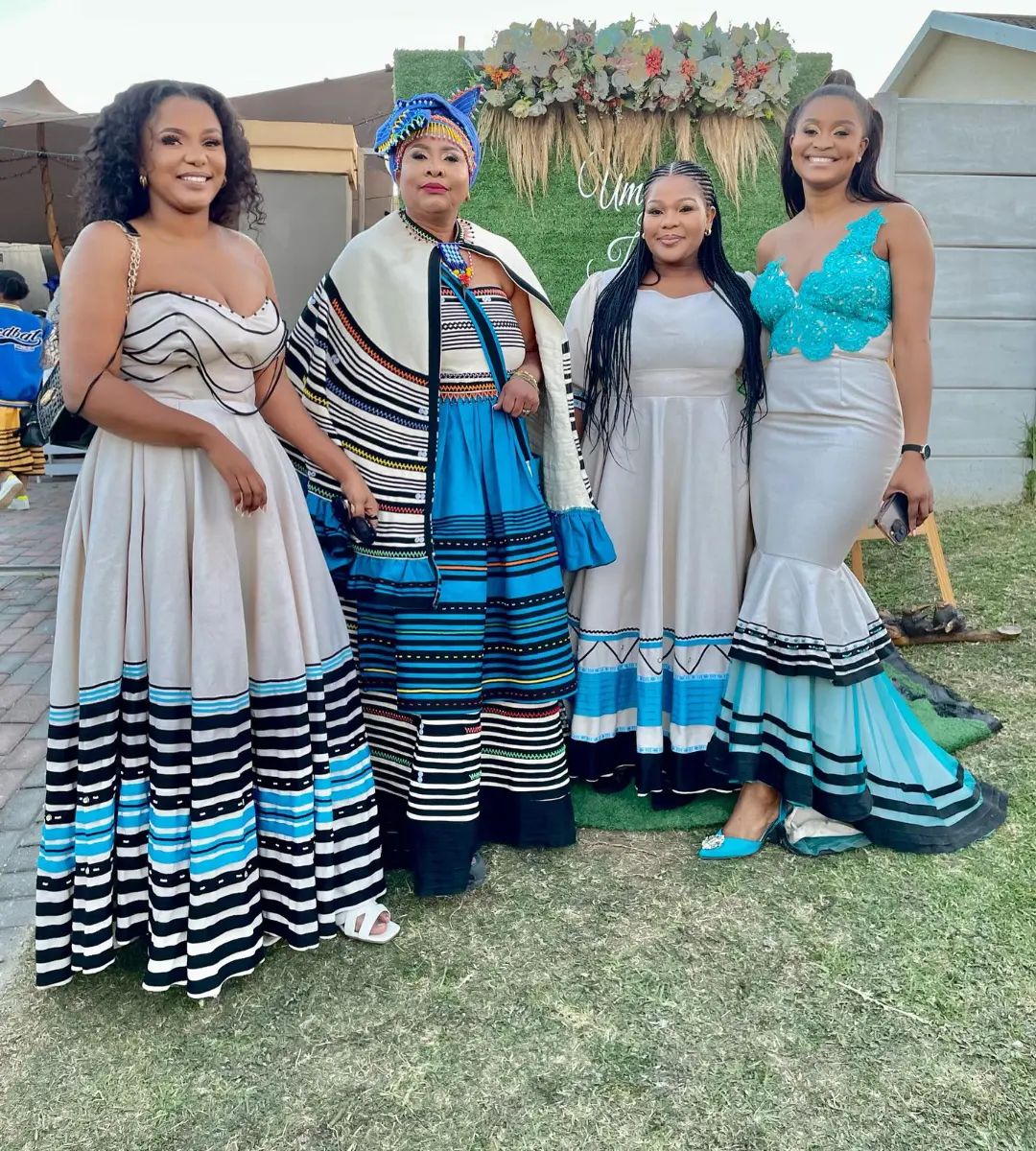
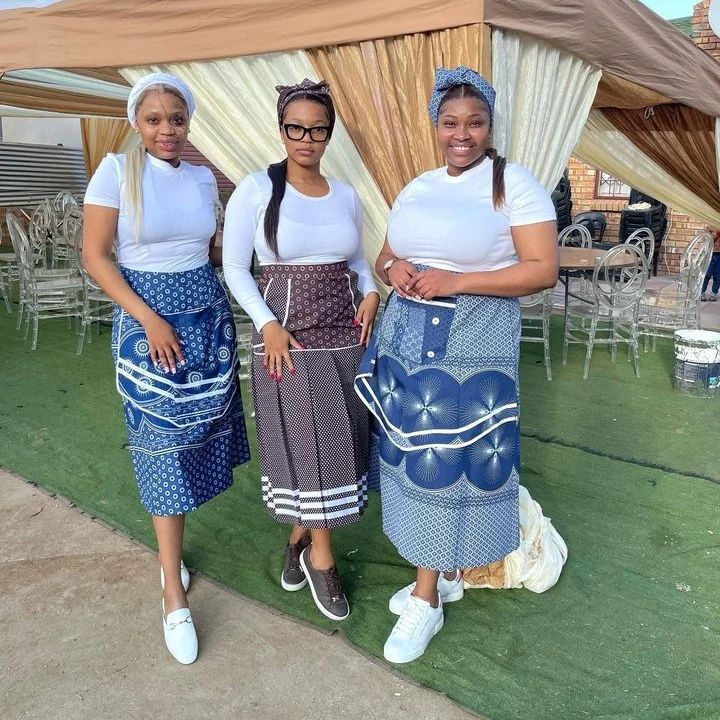
Importance of Embracing Authenticity
Preserving cultural heritage through the popularity of Xhosa Dresses
Xhosa Dresses hold a special place in South African culture, representing the beauty and significance of the Xhosa people. Embracing authenticity by wearing these dresses not only showcases the rich cultural heritage but also helps preserve it for future generations.
Xhosa Dresses are known for their vibrant colors, intricate patterns, and unique designs. They are often worn during traditional ceremonies, weddings, and other important events. By embracing and celebrating these dresses, individuals contribute to the preservation of Xhosa traditions and customs.
Wearing Xhosa Dresses also promotes cultural diversity and inclusivity. It allows people from different backgrounds to appreciate and learn about the Xhosa culture, fostering a sense of unity and understanding.
Furthermore, embracing authenticity in fashion is a powerful statement against cultural appropriation. It encourages respect for indigenous cultures and their traditions, ensuring that they are not exploited or misrepresented.
In conclusion, embracing authenticity by wearing Xhosa Dresses is not just about fashion; it is about preserving cultural heritage, promoting diversity, and fostering respect. By celebrating and supporting the beauty and significance of Xhosa Dresses, individuals contribute to the rich tapestry of South African culture.
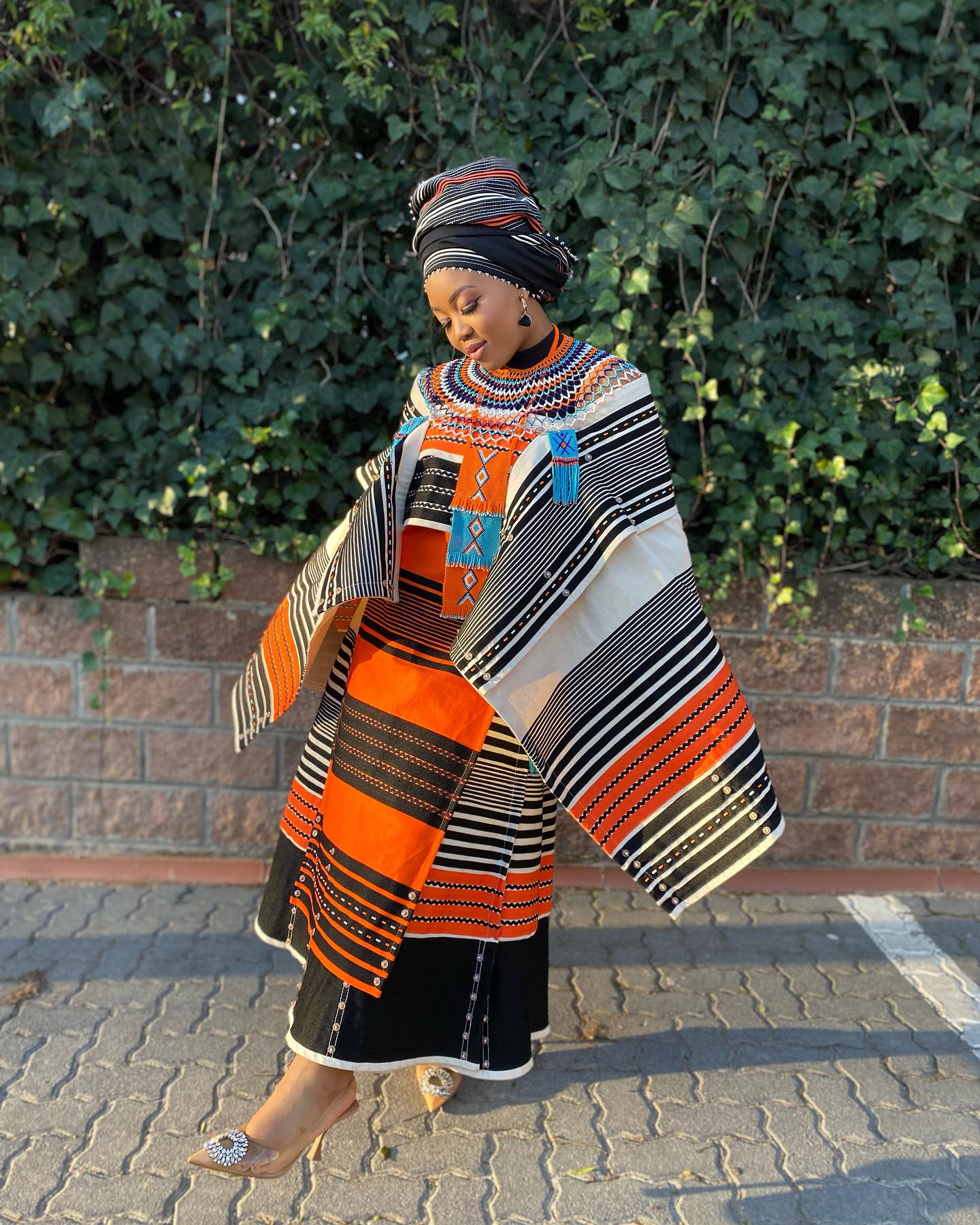
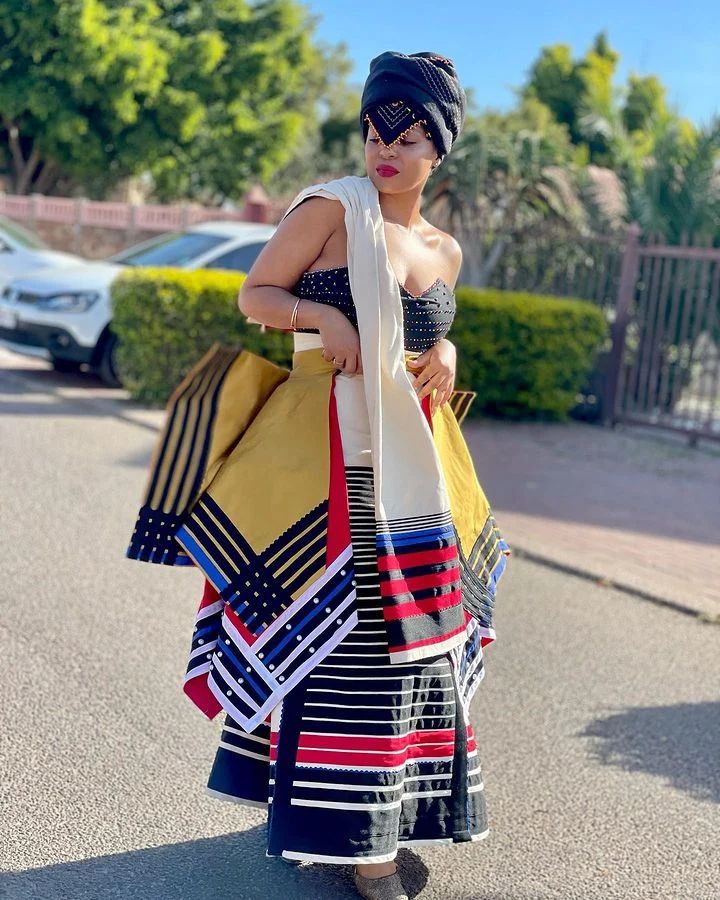
Celebrities and Xhosa Dresses
Influence of celebrities embracing and promoting Xhosa Dresses
Celebrities have played a significant role in embracing and promoting Xhosa dresses, showcasing the beauty and significance of this traditional attire. Their influence has helped to bring attention to the rich cultural heritage of the Xhosa people and has sparked interest in these vibrant and colorful garments.
By wearing Xhosa dresses on red carpets, at award shows, or during public appearances, celebrities have helped to normalize and celebrate this traditional attire. Their endorsement has not only increased the visibility of Xhosa dresses but has also encouraged others to embrace their own cultural heritage.
Celebrities have also used their platforms to educate their fans about the significance of Xhosa dresses. They have shared stories about the history and symbolism behind these garments, highlighting their importance in Xhosa culture. This has not only raised awareness but has also fostered a deeper appreciation for the craftsmanship and artistry involved in creating these dresses.
Furthermore, by embracing Xhosa dresses, celebrities have challenged conventional beauty standards and promoted inclusivity. They have shown that beauty comes in all forms and that cultural diversity should be celebrated. This has had a positive impact on individuals who may have previously felt marginalized or excluded from mainstream fashion.
Overall, the influence of celebrities embracing and promoting Xhosa dresses has been instrumental in preserving and promoting this important aspect of Xhosa culture. Their support has helped to ensure that these beautiful garments continue to be cherished and celebrated for generations to come.
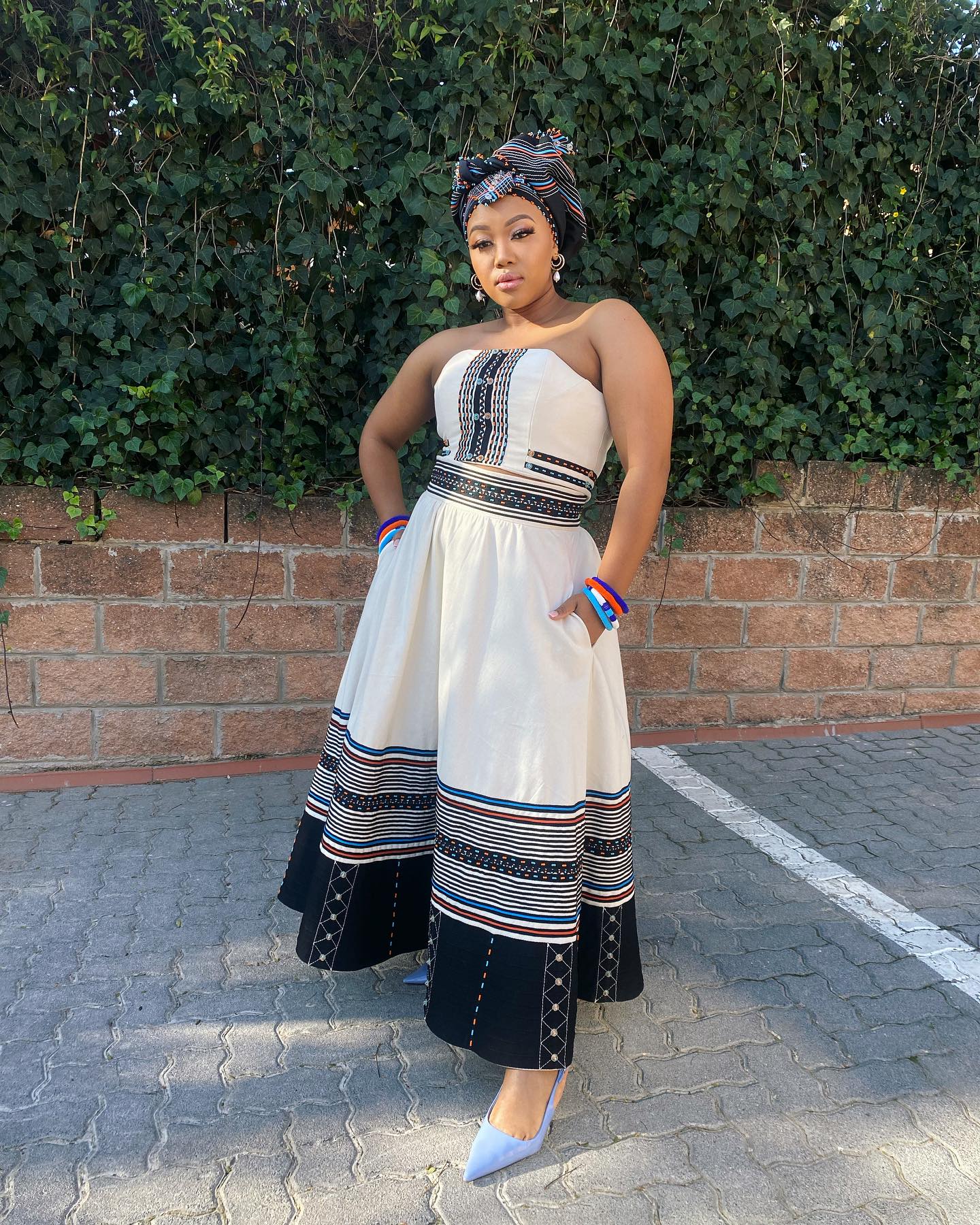
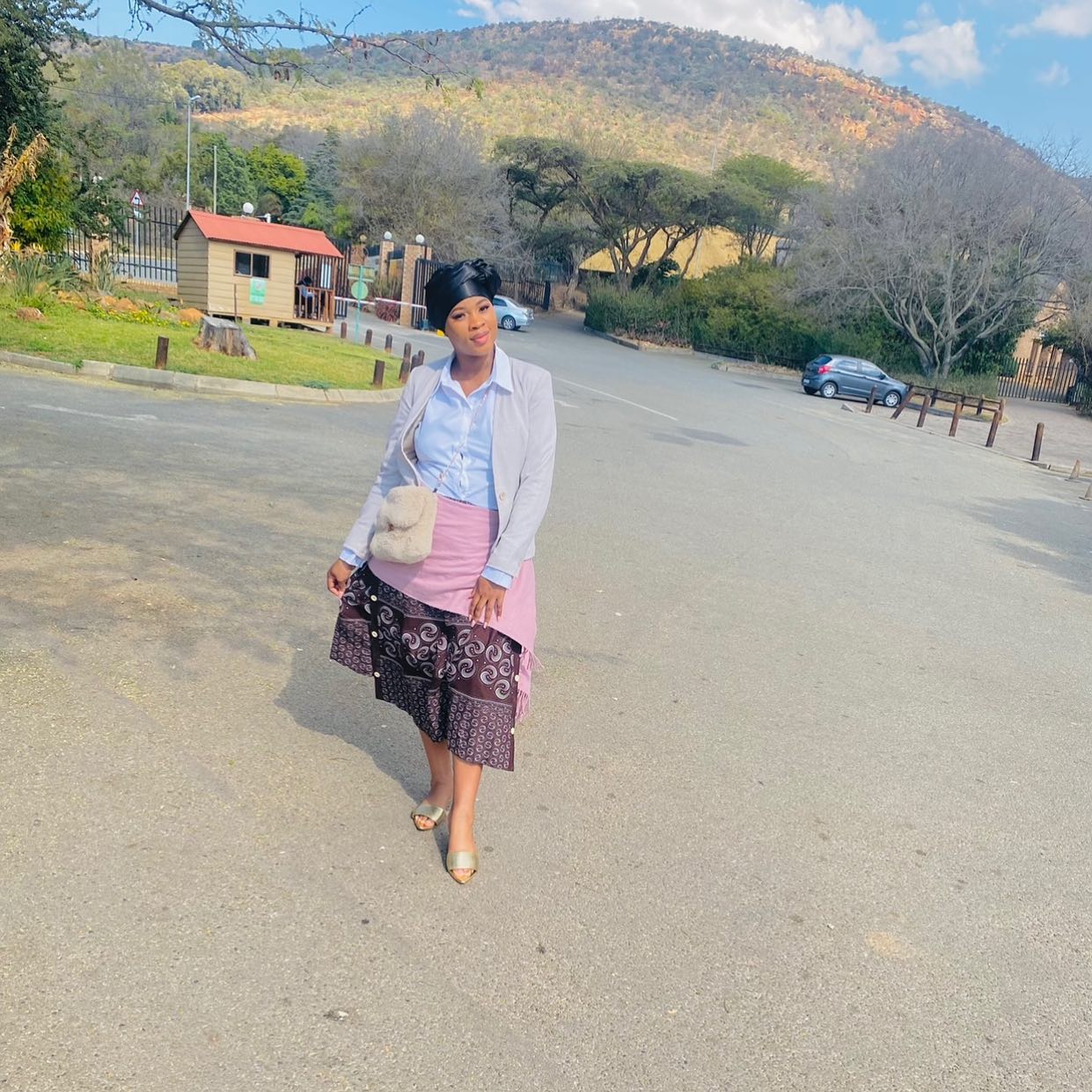
Conclusion
Celebrating the beauty and significance of Xhosa Dresses
Xhosa dresses are not just garments; they are a celebration of culture, tradition, and identity. These dresses showcase the rich heritage of the Xhosa people and their vibrant and colorful fashion sense. Embracing authenticity means appreciating and respecting the beauty and significance of Xhosa dresses. By wearing these dresses, individuals can honor the Xhosa culture and contribute to its preservation. The unique designs, patterns, and colors of Xhosa dresses tell stories and symbolize important aspects of Xhosa life. Embracing authenticity is not just about fashion; it is about embracing diversity, promoting cultural awareness, and celebrating the beauty of different traditions. So let’s celebrate the beauty and significance of Xhosa dresses and embrace the richness of cultural diversity.
Comments are closed.